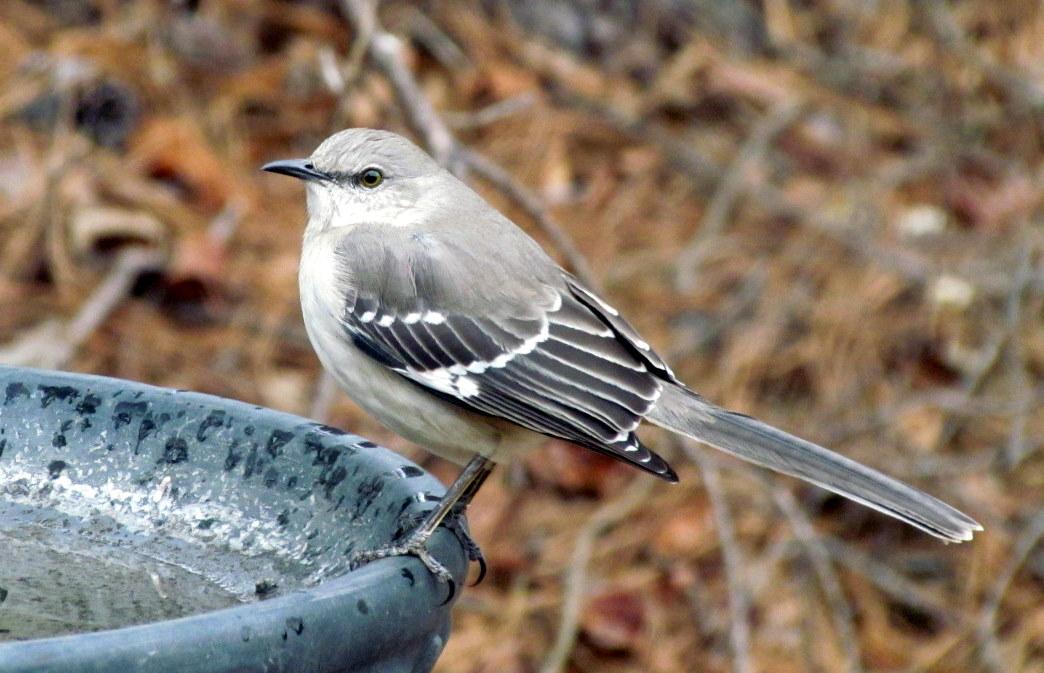Oh it’s you again!

“Charlie MockingBird Parker Backyard Birds Cary NC 081”, by bobistraveling.
URL: http://www.flickr.com/photos/bobistraveling/5446906068/ (accessed on 5 April 2013)
You might have heard of the mockingbirds, but are you able to recognize a mockingbird – maybe a yes. But are you able to differentiate one mockingbird from another – highly unlikely. The Northern Mockingbirds (Mimus polyglottos) are definitely better than us in this aspect. They are able to identify individual humans in just 60 seconds.
An experiment was conducted in the University of Florida campus. A person would stand still within 1 meter of the nest for 15 seconds, followed by touching or attempting to touch the rim of the nest for 15 seconds. This was repeated by the same person for 4 consecutive days daily. On Day 5, a different person would approach the nest and stood by the same way.
The mockingbirds flushed from the nest at progressively greater distance from Day 1 to Day 4. The number of alarm calls and attacks also increased. The mockingbirds knew that the same intruder came back and increased their response towards this known intruder. However on Day 5, the flush distance, number of alarm calls and attacks reverted back to Day 1 level. They were able to recognize that the Day 5’s intruder was a different person. This is despite the fact that the first intruder came from different directions and wore different clothes daily.
It is rare for animals to be able to recognize individuals across species. An example would be the Sheep (Ovis aries) which responded differently to different feeders after training. It is even rarer in the case of the mockingbirds as the experiment mimicked natural environment.
As defense behavior is costly, the skill of being able to respond accordingly to the level of threat present by the intruder might just be the reason why they are able to survive in the urban environment.
Literatures Cited
Levey et al., 2009. Urban mockingbirds quickly learn to identify individual humans. Proceedings of the National Academy of Science, 106(22): 8959 – 8962
Davis, H. et al., 1997. Wether ewe know me or not: the discrimination of individual humans by sheep. Behavioural Processes, 43: 27-32